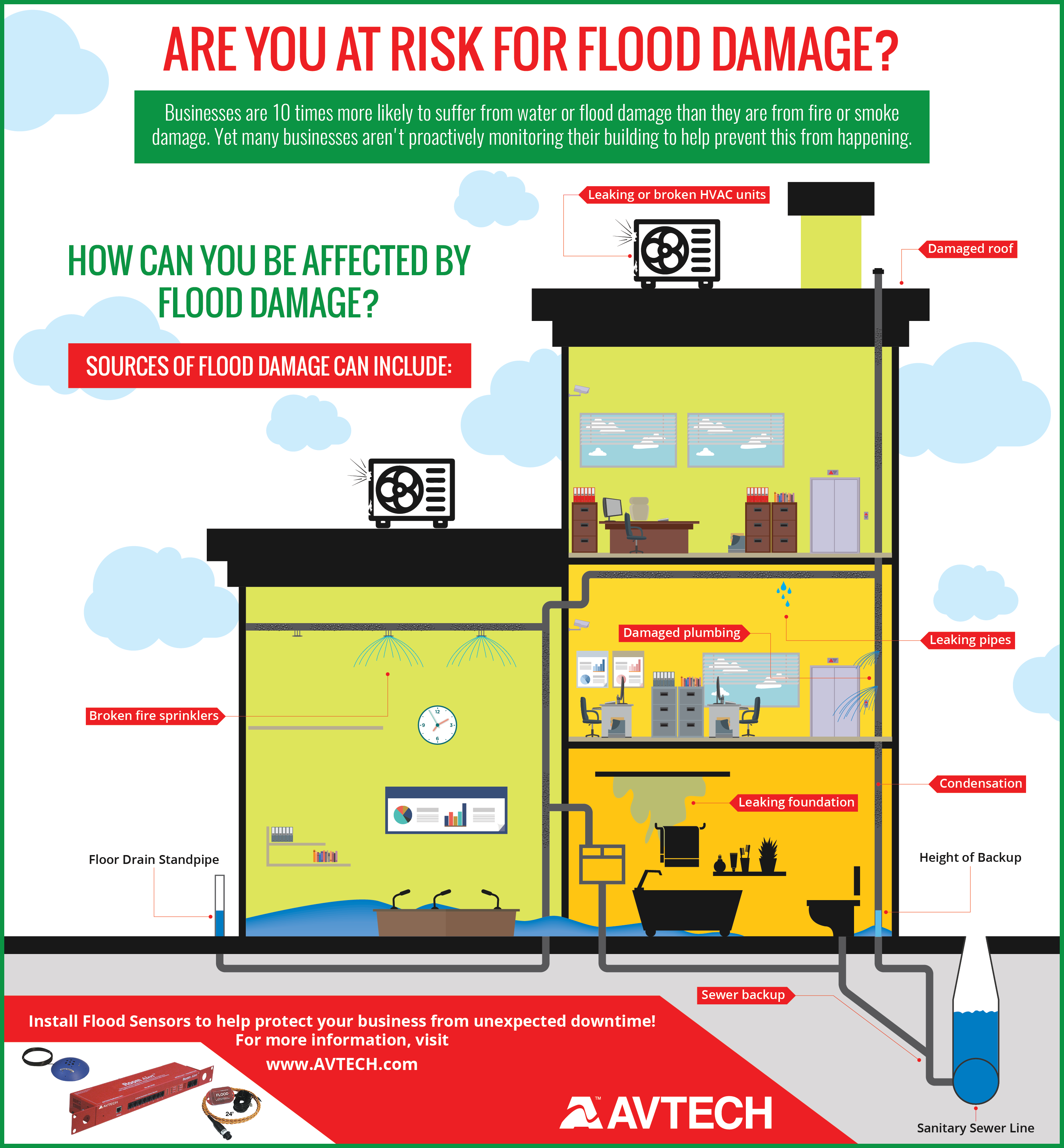Discover How Transforming Weather Condition Patterns Can Impact Your Roofing Setup And Protect A Task That Fulfills Your Requirements
Discover How Transforming Weather Condition Patterns Can Impact Your Roofing Setup And Protect A Task That Fulfills Your Requirements
Blog Article
please click the following page By-Hartvigsen Drachmann
When it comes to roofing system installments, the weather can make or break the work. Visualize the stress of dealing with materials that will not cooperate because of extreme warm or fighting unsafe surfaces caused by unanticipated rainfall. Recognizing the impact of climate condition on your roof covering project is crucial for an effective outcome. So, let's explore just how various weather elements can influence the quality and longevity of your roofing installment, making sure a task well done.
Impact of Temperature on Roofing Installation
When it comes to roof installation, temperature plays an important function while doing so. The optimal temperature level for roof covering jobs commonly falls in between 45 and 85 levels Fahrenheit. Extreme heat can create materials like roof shingles to become too flexible, causing possible damage throughout installation. On the other hand, chilly temperatures can make materials fragile and prone to fracturing. It's important to arrange roof setups throughout moderate temperature levels to guarantee the best result.
Throughout colder climate, contractors might require to take extra precautions such as using heated equipment or allowing products to warm up prior to setup.
On the other hand, heat might need work to be done previously or later on in the day to prevent the peak temperatures. By thinking about the temperature level and its effects on roofing materials, you can help ensure an effective setup that will hold up against the aspects for many years ahead.
Impact of Rainfall on Roof Projects
Roofing tasks can be significantly affected by precipitation, influencing both the timeline and the top quality of the installment. Rain or snow can produce unsafe problems, making it unsafe for roofers to work with a damp surface area. Furthermore, dampness can jeopardize the adhesion of products like tiles or underlayment, leading to possible leaks or damages in the future.
If it rains during a roofing task, the water can permeate into at risk areas, causing hold-ups as the installation team need to wait on the roofing to completely dry prior to proceeding. Excessive dampness can likewise advertise the development of mold and mildew, more endangering the integrity of the roofing system.
To avoid these concerns, it's suggested to set up roof covering tasks during drier seasons or keep an eye on the weather report carefully to plan around any prospective rainstorms. By taking safety measures to operate in positive weather conditions, you can make sure a smoother and extra successful roofing system installment process.
Impact of Wind Speed on Installation Success
Throughout roofing setup, the rate of the wind plays a critical role in establishing the success of the task. High wind speeds can position significant difficulties to roofing professionals, possibly resulting in safety hazards and quality issues. When https://lorenzogcwrl.targetblogs.com/29755756/picking-the-ideal-specialist-for-roof-covering-repair-works-essential-inquiries-to-take-into-consideration go beyond recommended limits, it becomes hard to handle products, increasing the threat of accidents and damages to the roof covering products. Strong gusts can likewise influence the accuracy of measurements and the precision required for correct installation.
To make sure an effective roofing system setup, it's necessary to keep an eye on and take into consideration wind rates. Ideally, roofing setup must happen on days with low to modest wind speeds. This not only boosts the safety and security of the workers yet also enhances the general quality of the setup.
Roofing projects scheduled throughout calm weather conditions are most likely to be completed effectively and with less errors. By taking note of wind speed projections and planning accordingly, you can help make certain a smooth and effective roof installation process.
Conclusion
So, when it comes to roofing installation, bear in mind to take into consideration the weather conditions to make sure an effective work. Optimum temperatures, completely dry conditions, and moderate wind speeds are key aspects to focus on for a smooth installment process. By scheduling kitchen remodel san antonio tx throughout the best seasons and perfect weather, you can accomplish a sturdy and long-lasting roof covering that will certainly shield your home for many years to find.
